The content of the article
Experienced cooks know firsthand that the success of preparing pilaf directly depends on the correct rice. Requirements for the grains are special, they should not stick together, boil soft, repel water or broth. Today, all varieties of rice have been studied, so choosing the appropriate option is not difficult. The main thing is to find out all the details that should be paid attention to. Consider the types of rice and their compliance with the pilaf.
White rice
Rice of this type is polished, it is deprived of the top layer. Grains are usually oblong or rounded. In the process of the same processing, the croup deprives almost all the necessary elements and compounds that accumulate in the shell.
Due to processing, the shelf life of grains is large enough. Rice of a similar variety is glued together during cooking and disintegrates. For this reason, to create an oriental dish it is used reluctantly.
A positive feature is that such a rice quickly undergoes heat treatment. Cooking takes a quarter of an hour, not more.
White rice subspecies:
Krasnodar - grains can be elongated or round. On the basis of such rice cooked porridge and soups, but the disadvantage is the need for pre-soaking. The composition will fit for cooking Oriental dishes in the absence of other options.
Basmati - grain composition comes from abroad. The taste of rice is more pleasant than Krasnodar. During heat treatment, the grains increase in volume by 2 times. With skillful cooking, the croup will come out crumbly and not sticky. Basmati is better for an oriental dish than Krasnodar rice.
Jasmine - the product is made in Thailand, the grains have a snow-white tint. A positive feature is the preservation of the form in the cooking process, and jasmine is not glued. This option is suitable for pilaf, if it is prepared in a sealed container.
Arborio - medium or large size rice. Quickly absorbs odors, broth, spices when boiling in water. Ideal for cooking with many ingredients, including particular for pilaf.
Indica - croup, exactly like arborio rice, quickly absorbs flavoring additives (spices), absorbs broth, takes on a beautiful appearance. Also well suited for cooking pilaf in a closed or open dish.
Brown rice
You will taste nuts, nutmeg, Provencal herbs. The downside is that the product is stored for long. In addition, brown rice is more expensive than its counterparts. But the price is due to the accumulation of zinc, iodine, manganese, potassium and other mineral compounds.
Pilaf cooked on the basis of such rice looks tasty and has the lowest calorie content. In addition to indisputable benefits, you can control your weight normally.
There is little starch in brown grains, they do not stick together during cooking, they give the dish an aesthetic look. The downside is that rice absorbs poorly broth. However, the pilaf is crumbly and dry.
Red rice
The value of this type of rice depends on the degree of processing that the grains were subjected to prior to entering the store counter. If grinding was minimal, the croup accumulates a lot of B-group vitamins, iron, potassium, copper.
Such rice is also called ruby, it is often used in dietetics to reduce weight and keep a figure in shape. This feature is made possible by the low calorie content of cereals.
Red rice retains its beneficial shell, which is rich in fiber. From grains it turns out tasty and healthy pilaf. If dietary meat is taken as a basis, you will improve your digestion and saturate the body with useful substances.
Red rice is characterized by the smell of nuts. But it also needs to be able to cook properly. If the rump is digested, it will fall apart and lose its valuable qualities. With insufficient heat treatment, the pilaf will turn out to be hard and will not absorb the broth.
A variety of red rice is considered a variety "Devzira." It is perfectly suited for cooking pilaf in a cauldron and a deep frying pan. Devziru difficult to find on the shelves. But if you succeeded, feel free to buy red rice and cook Uzbek pilaf.
Steamed Rice
The unique technology of steaming raw materials allows cooking rice dishes in such a way that the cereal remains crumbly. Also, the processed product retains in its composition much more valuable components. Grains have a golden color, which comes off after cooking.
Due to the unique processing of such rice can benefit from competing with brown raw materials. The only disadvantage of steamed grain is its relatively high price. Also, rice is cooked a little longer, about half an hour, unlike ground.
In the course of cooking steamed rice, pilaf is more delicious. The advantage of such raw materials can be considered the fact that it does not need to be pre-soaked. If rice is left in the water, its structure will collapse and the product will become brittle. Currently, there are several types of raw materials such processing.
To cook delicious pilaf, it is recommended to choose steamed rice varieties "Basmatti" or "Jasmine". Such raw materials are perfectly impregnated with spices and fats. The result is a unique oriental dish. Also for the preparation of pilaf, you can consider the variety "Yantar".Grains have a distinctive golden ebb and large size.
Rice selection rules
- To cook delicious and unforgettable pilaf, you must use only solid varieties. You should not buy grains of different varieties.
- After purchasing the product, it is recommended to open the pack and bite the grain with your teeth. If the specimen broke immediately, the raw material is unsuitable for preparing an oriental dish. Leave such rice for soups or milk porridges.
- Smooth and polished grains are also not suitable for preparing pilau. Quality grains should have ribbing on the surface. During cooking, follow the process. The grass should not grow and stick to the walls of the container.
- When purchasing quality rice, always pay attention to the composition, in it you should not meet extraneous additives and GMO index. Look at the structure of the grass, each copy should be whole without a hint of cracks and breaks. There should be no garbage in the packaging.
- Try to choose products that come in a pack with a viewing window. Thus, you can visually assess the quality of the grain.Do not forget to pay attention to the expiration date. Try to buy rice, which lay on the shelves of the supermarket for no more than six months.
It is easy to choose high-quality rice for cooking oriental dishes. Follow the simple tips and practice them. You should not try to cook pilaf from ground grains, the dish will not work the way you planned it.
Video: how to cook rice in the pilaf, so that it does not stick together






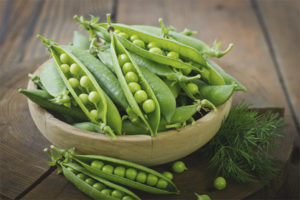
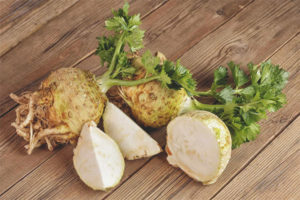
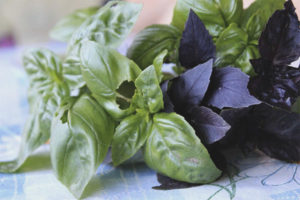
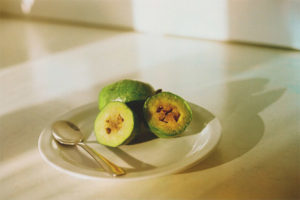
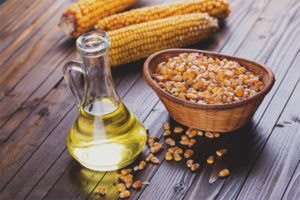
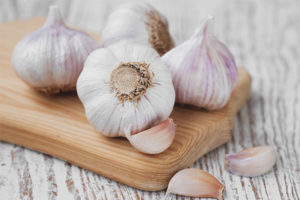
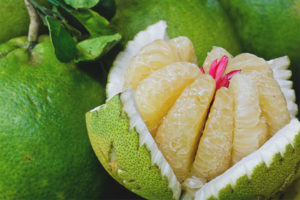
To send